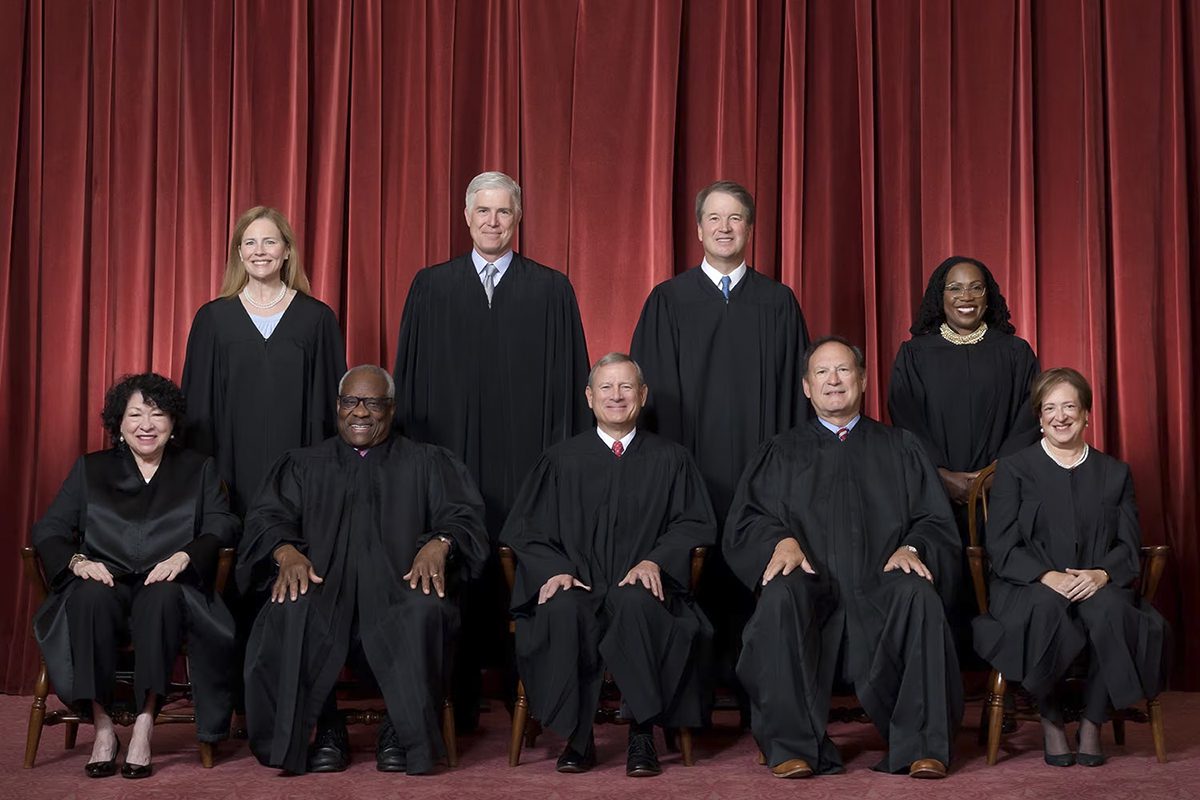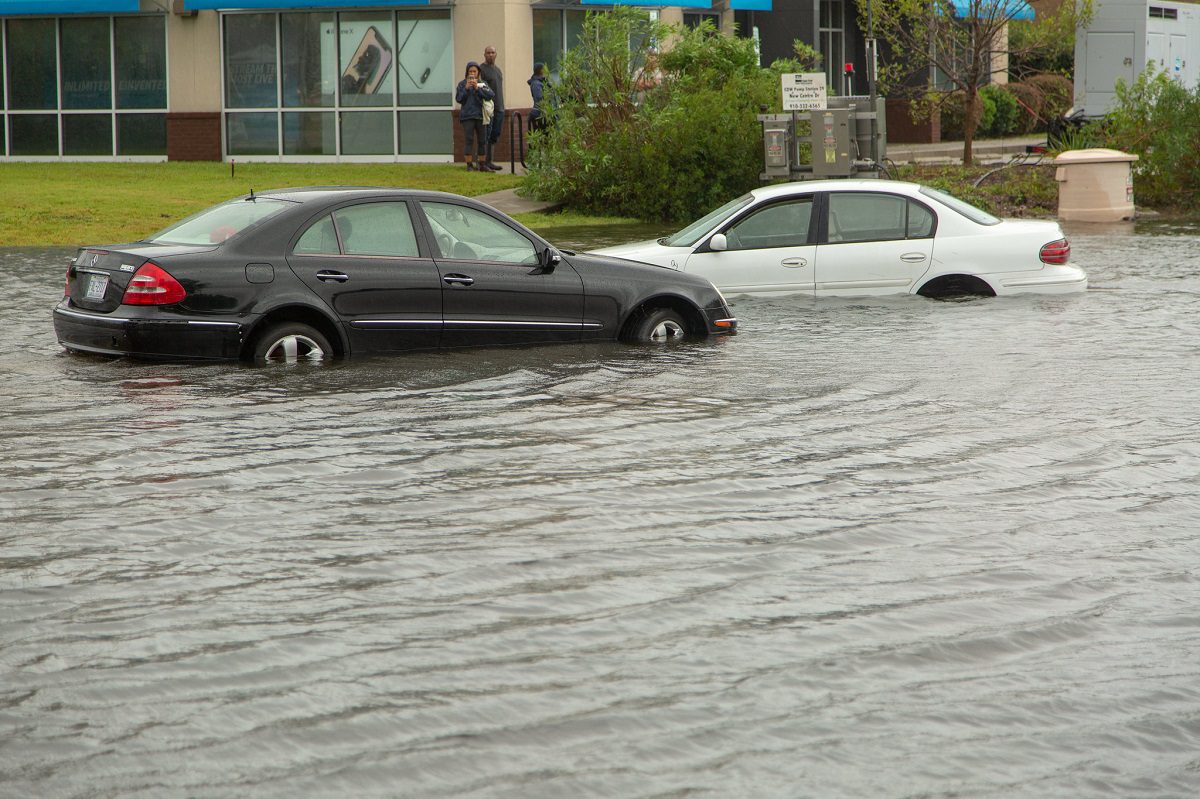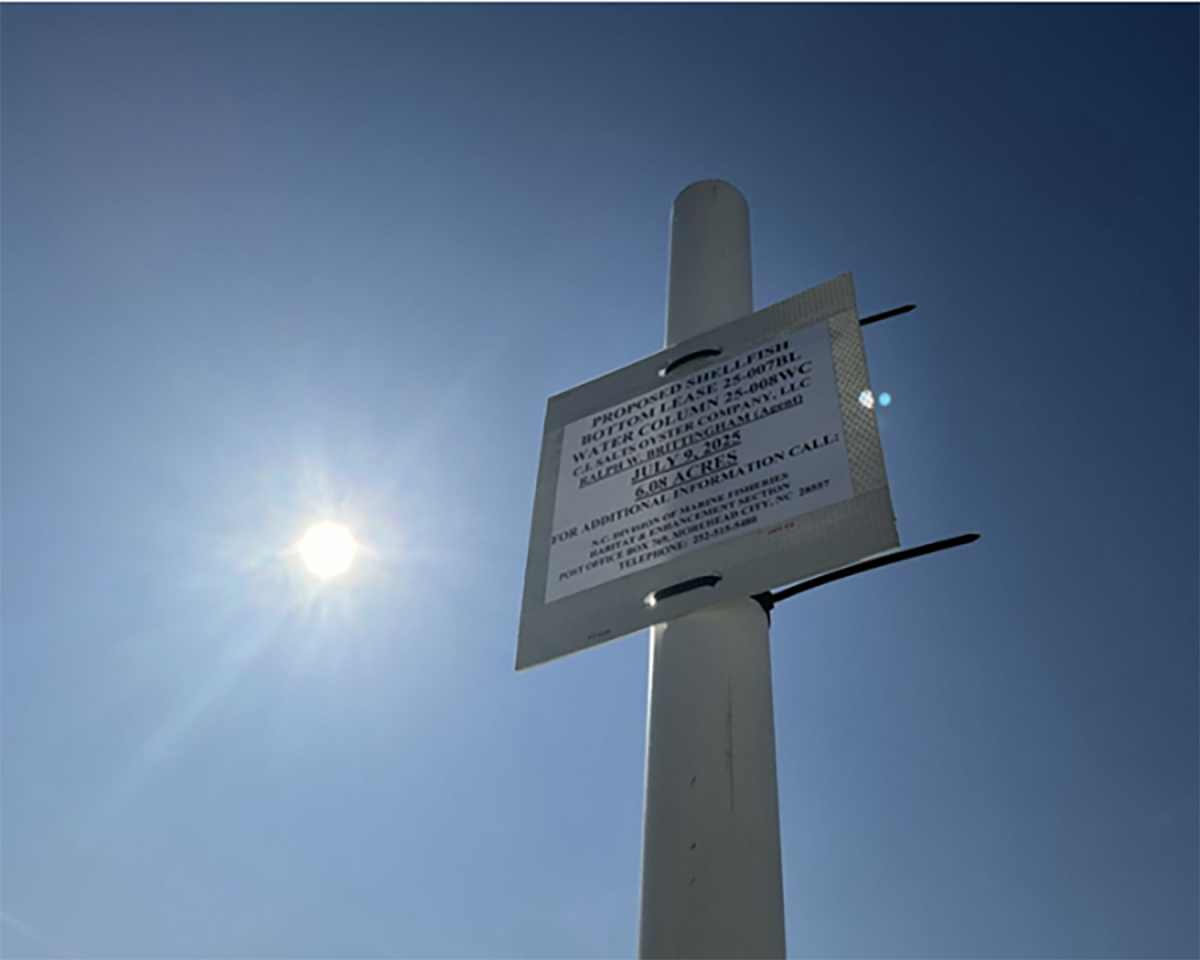
The Supreme Court ruled Thursday against the Environmental Protection Agency in a longstanding case that will narrow what defines a wetland.
In its decision, the nation’s highest court ruled that the definition, “waters of the United States,” or WOTUS, applies only to wetlands that have “continuous surface connection.”
Supporter Spotlight
The ruling ends a more-than-15-year battle brought on by Idaho couple Michael and Chantell Sackett, who were ordered by the EPA to restore land they had backfilled on their lot to build a home.
EPA officials at the time notified the Sacketts that they were in violation of the Clean Water Act because wetlands on the property were near a ditch, which feeds into a creek that runs into Priest Lake.
The Sacketts sued, initiating a case that ultimately challenged the legality of the testing method used for determining wetlands as “waters of the United States” under the Clean Water Act.
The court’s ruling Thursday is hailed as a victory for property owners, but environmentalists have argued such a decision will have far-reaching implications for wetlands protections.
“In the wake of the Supreme Court’s decision in Sackett v. EPA, the only thing now protecting many North Carolina communities from being flooded in the coming years is the state’s existing ban on paving over wetlands without a permit. The NC General Assembly should not remove that protection – it is literally protecting lives and property,” said Grady McCallie, policy director with the North Carolina Conservation Network.
Supporter Spotlight
North Carolina legislators are considering a law that limits the state to use the WOTUS rule to identify wetlands.
The N.C. Farm Act of 2023 would strip the state’s ability to fill in gaps to protect federally nonjurisdictional wetlands, including isolated wetlands, which are those not directly connected to any body of water, but are hydrologically and ecologically valuable, environmentalists say.








